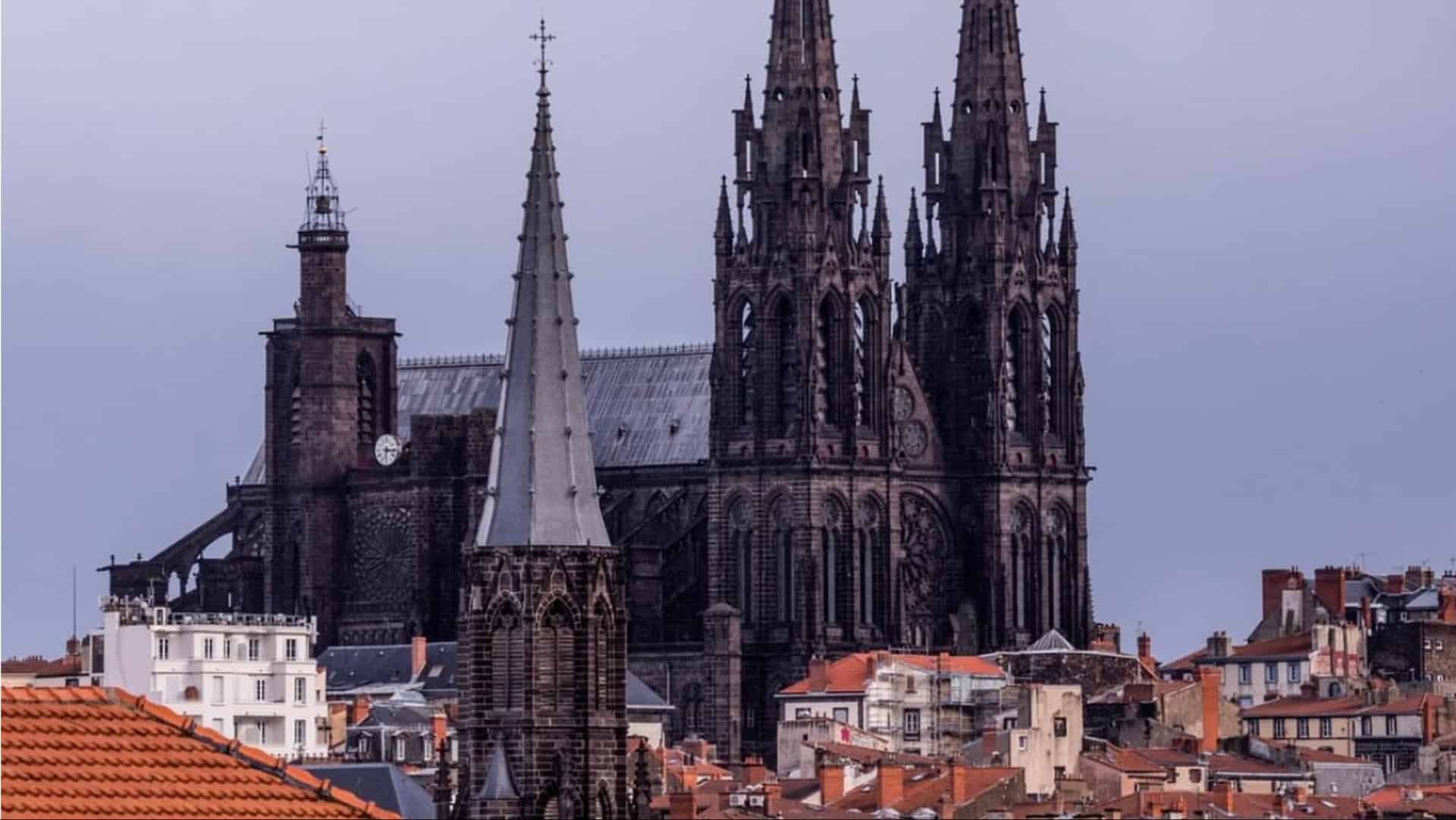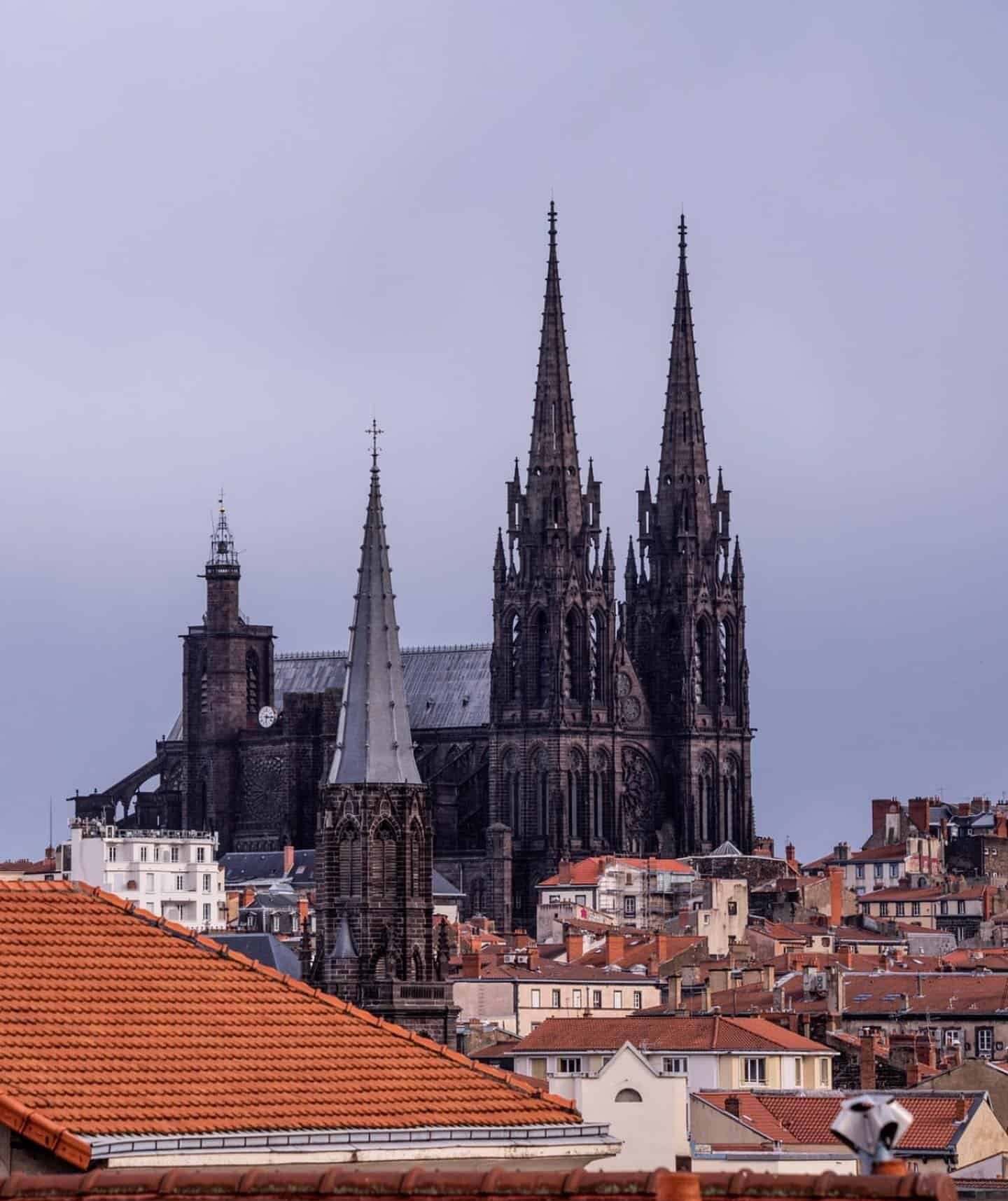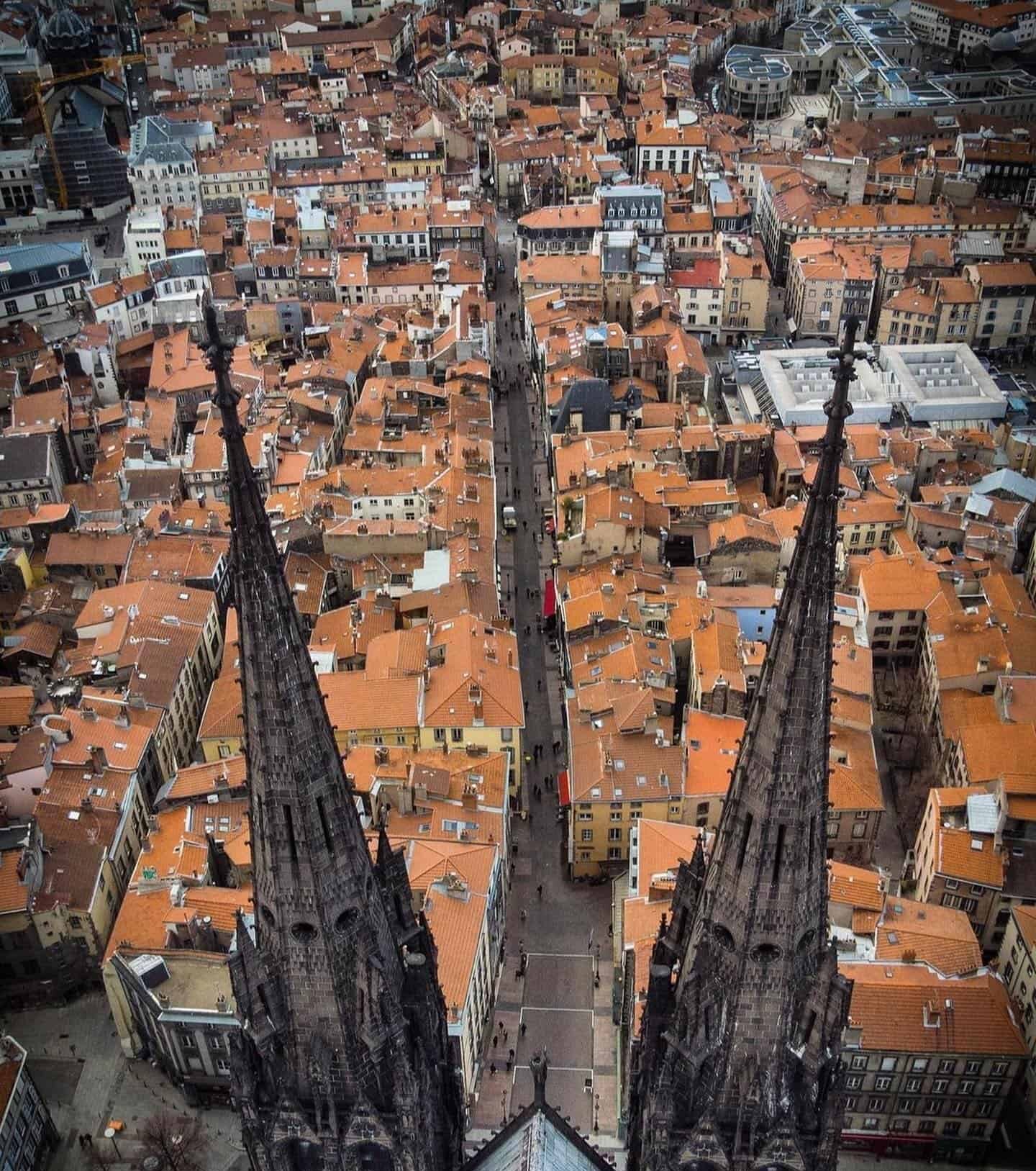Explore the mesmerizing allure of the Cathedral of Our Lady of the Assumption in Clermont-Ferrand, a Gothic masterpiece crafted entirely from black lava stone.
With its towering spires and significant historical background, this cathedral stands as a testament to architectural ingenuity and ecclesiastical history.
Join us as we uncover fascinating facts that reveal the cathedral’s unique charm and enduring legacy!
1. A Gothic Marvel
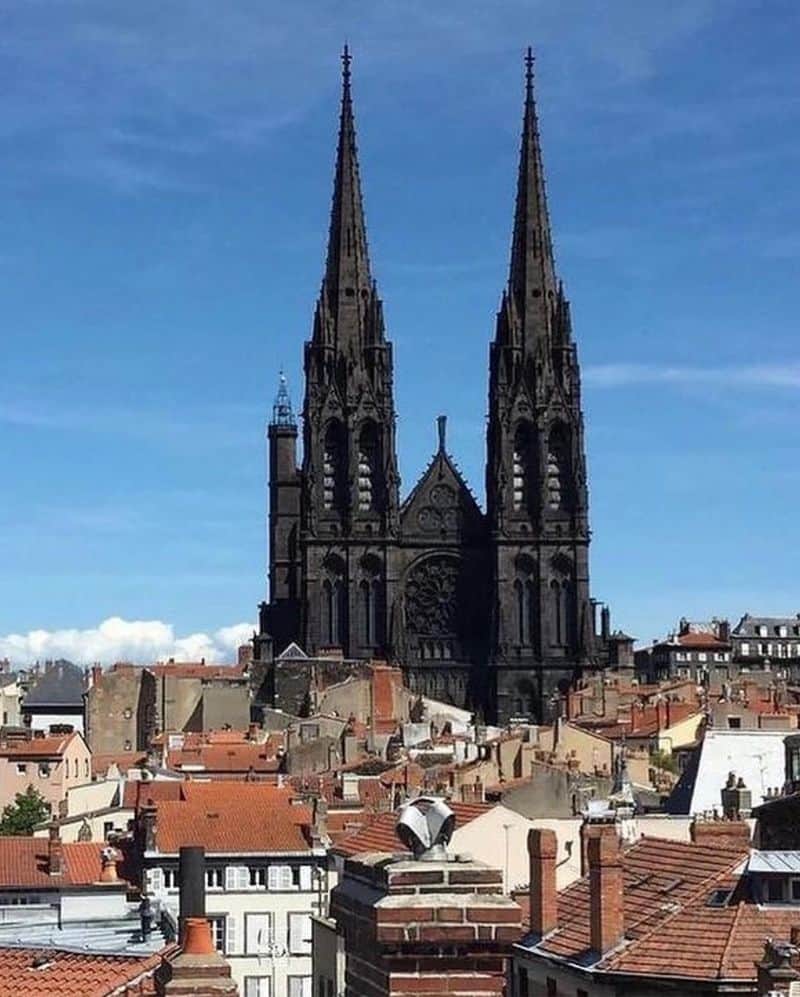
Standing majestically in the heart of Clermont-Ferrand, this cathedral is a true Gothic marvel.
The twin spires reach a staggering height of 96.1 meters, piercing the skyline with their dramatic silhouette.
Built entirely from black lava stone, this architectural wonder exudes an air of mystery and grandeur.
The delicate pillars and intricate detailing showcase the craftsmanship of an era gone by.
It’s a breathtaking sight that captures the imagination and transports you to a different time.
2. Historical Depth
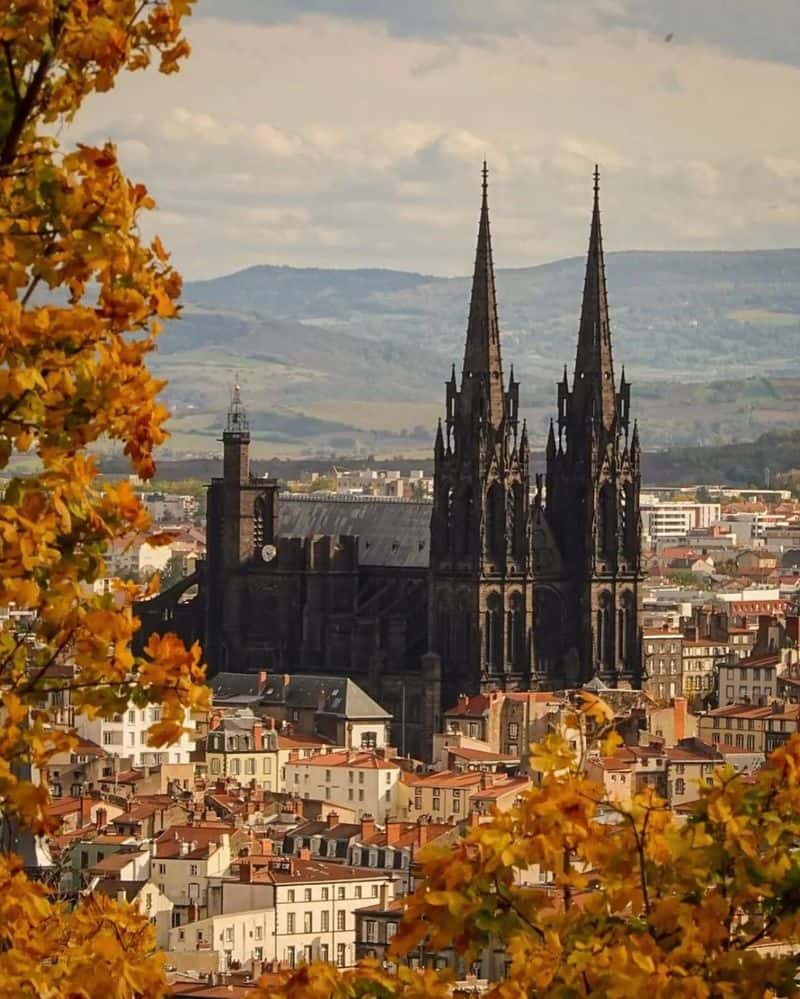
The cathedral’s rich history dates back to the 5th century when Bishop Namatius laid its first foundations.
Originally dedicated to Saints Vitalis and Agricola, it has undergone several transformations over the centuries.
The current structure, inspired by Northern Gothic style, reflects the architectural evolution from its humble beginnings.
Each stone tells a tale of resilience and rebirth, standing firm through the test of time. Visiting it is like walking through a living museum of the past.
3. Volcanic Stone
What sets this cathedral apart is its unique construction material: volcanic pierre de Volvic.
This locally-sourced stone lends the cathedral its distinctive dark color, creating an enigmatic atmosphere.
Its strength allows for the construction of delicate architectural features that are both functional and artistic.
The cathedral’s stone not only adds to its aesthetic allure but also speaks to the region’s geological heritage.
It’s a true testament to nature’s artistry meeting human creativity.
4. Master Architect
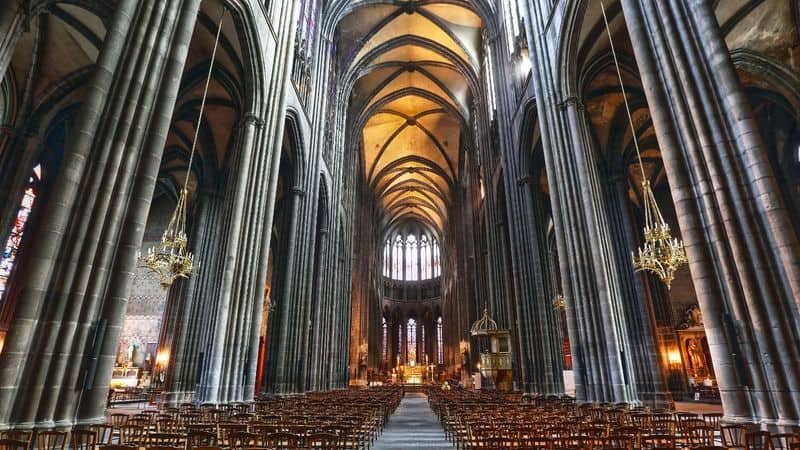
Jean Deschamps, the mastermind behind this magnificent structure, was a renowned architect of his time.
Having worked on cathedrals in Narbonne and Limoges, Deschamps brought his expertise to Clermont-Ferrand.
His innovative designs, inspired by Beauvais and Amiens, broke traditional boundaries.
Deschamps’ vision is evident in the cathedral’s light-filled spaces and elegant pillars, a reflection of his forward-thinking approach.
His legacy endures in every corner of this historical gem.
5. Royal Connection

In 1248, King Louis IX chose the cathedral as the venue for his son’s wedding to Isabella of Aragon. This royal connection added prestige to the already impressive structure.
The event marked a significant moment in history, intertwining the cathedral’s story with that of the French monarchy.
Visitors can almost hear the echoes of regal celebrations and imagine the opulence of the occasion. It’s a place where history and grandeur come together in harmony.
6. Stained Glass Masterpieces
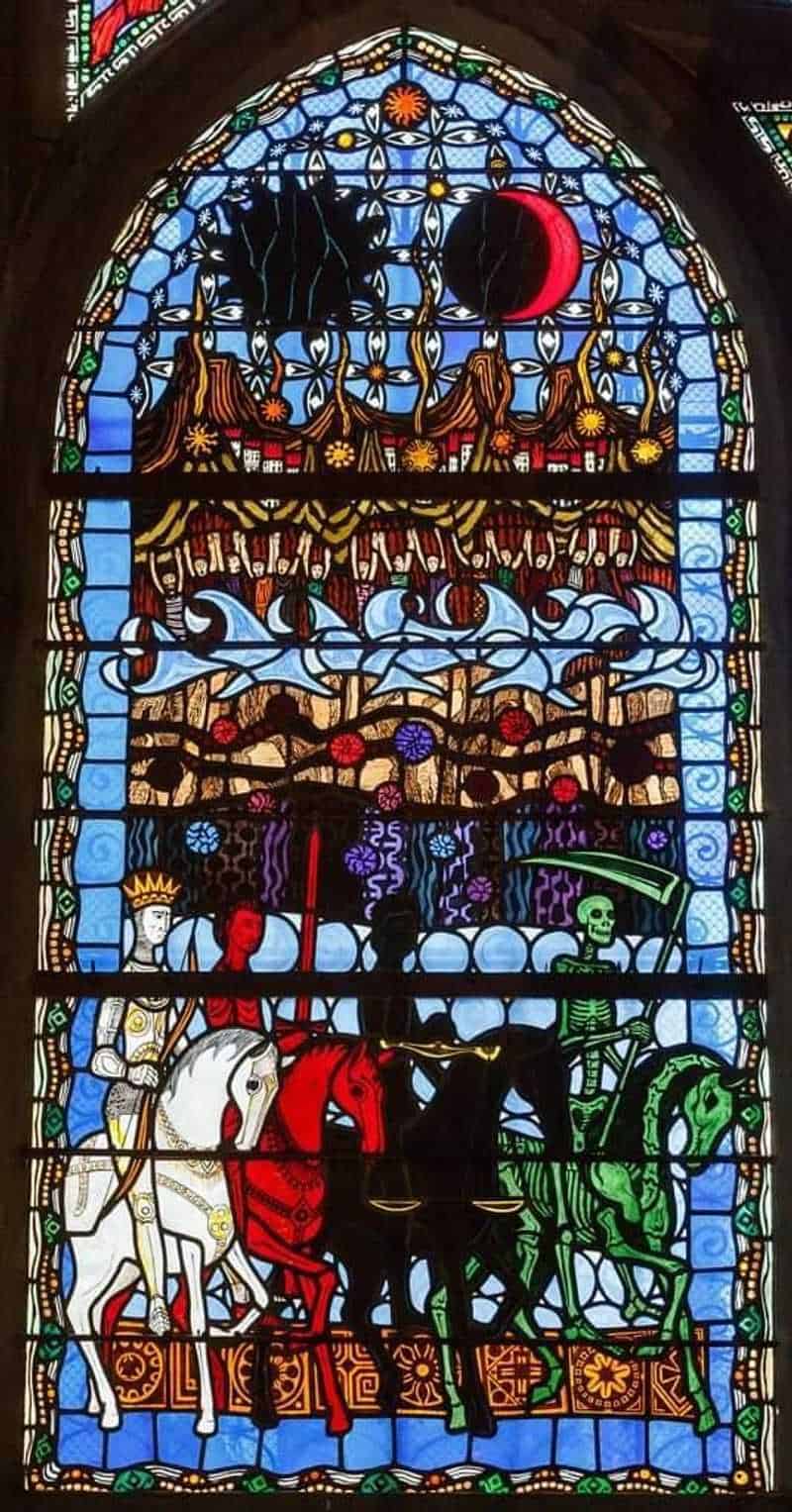
The cathedral is home to stunning stained glass windows, some crafted by the same artisans as those at Sainte-Chapelle in Paris.
These colorful masterpieces fill the interior with a kaleidoscope of light, creating a serene and awe-inspiring atmosphere.
The intricate designs depict biblical stories and historical events, inviting onlookers to pause and reflect.
Each window is a work of art that enhances the spiritual experience, adding layers of beauty and meaning to the sacred space.
7. Towering Transept
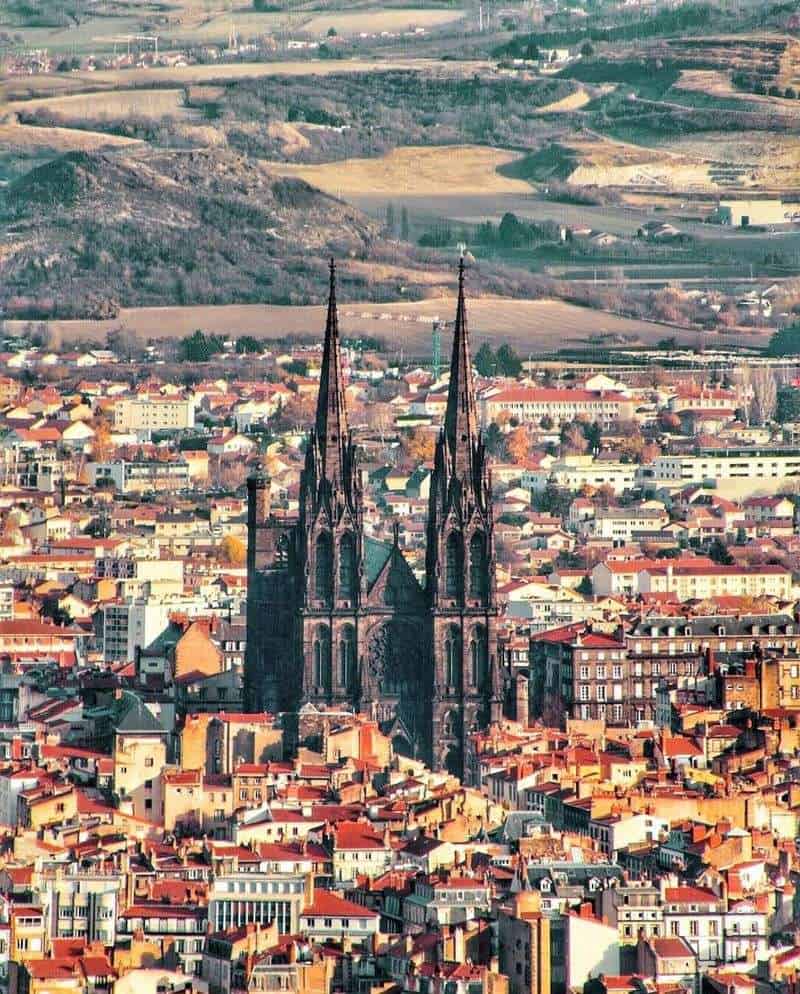
The transept towers, added between 1325 and 1340, enhance the cathedral’s imposing presence.
The most notable is the Tour de la Bayette, renowned for its height and historical significance. Originally serving as a watchtower, it’s a nod to the cathedral’s practical past.
This feature blends functionality with architectural innovation, demonstrating the builders’ foresight.
Exploring the transept towers offers a glimpse into the strategic minds that shaped this remarkable landmark.
8. Nave of Light
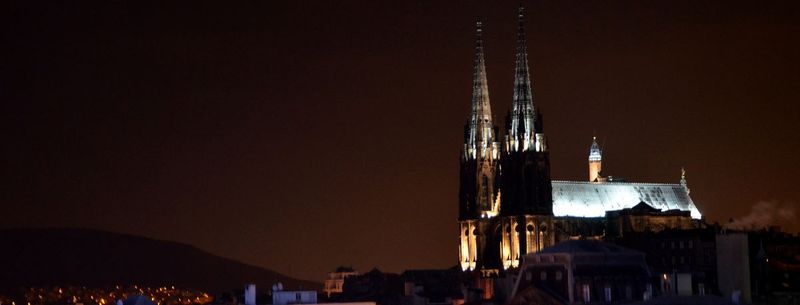
The nave of Clermont-Ferrand Cathedral is a marvel of light and space.
Designed to allow maximum light penetration, the nave’s architecture invites visitors into a luminous sanctuary.
The elliptical plan of the choir-rotunda pillars contributes to this ethereal ambiance, making it a place of contemplation and wonder.
The interplay of light and shadow highlights the intricate details of the Gothic design, drawing visitors into a world of spiritual reflection and architectural brilliance.
9. Revolutionary Resilience
During the French Revolution, many churches faced destruction, but Clermont-Ferrand Cathedral stood its ground.
Thanks to the persuasive efforts of the Benedictine Verdier-Latour, its status as a gathering place spared it from demolition.
Though some elements were removed, the cathedral’s essence remained intact. This survival story adds to its mystique, symbolizing resilience in times of upheaval.
Walking its grounds, one feels the weight of history and the enduring spirit of faith.
10. Architectural Completion
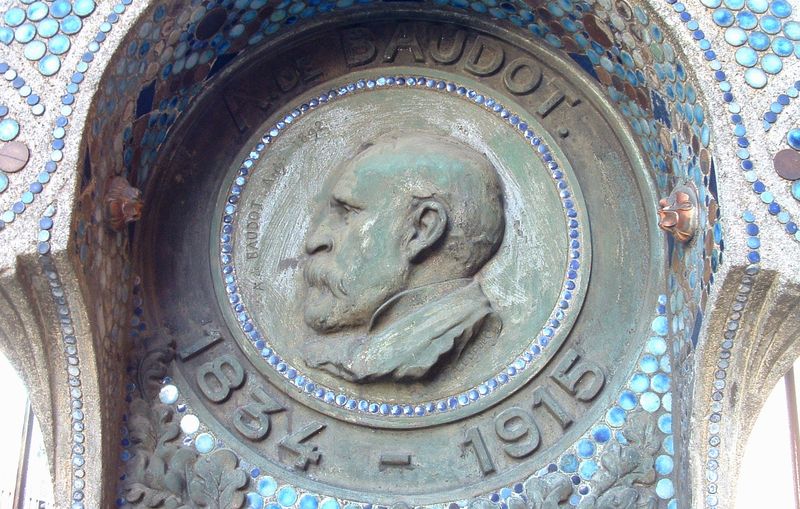
The completion of the cathedral in the late 19th century owes much to the work of Viollet-le-Duc’s student, Anatole de Baudot.
Their dedication to preserving the original Gothic style resulted in a seamless blend of old and new.
The western façade, with its striking spires, was finally finished in 1884, offering a harmonious continuation of the medieval vision.
This architectural achievement celebrates both historical fidelity and innovative restoration, marking the cathedral as a timeless masterpiece.

